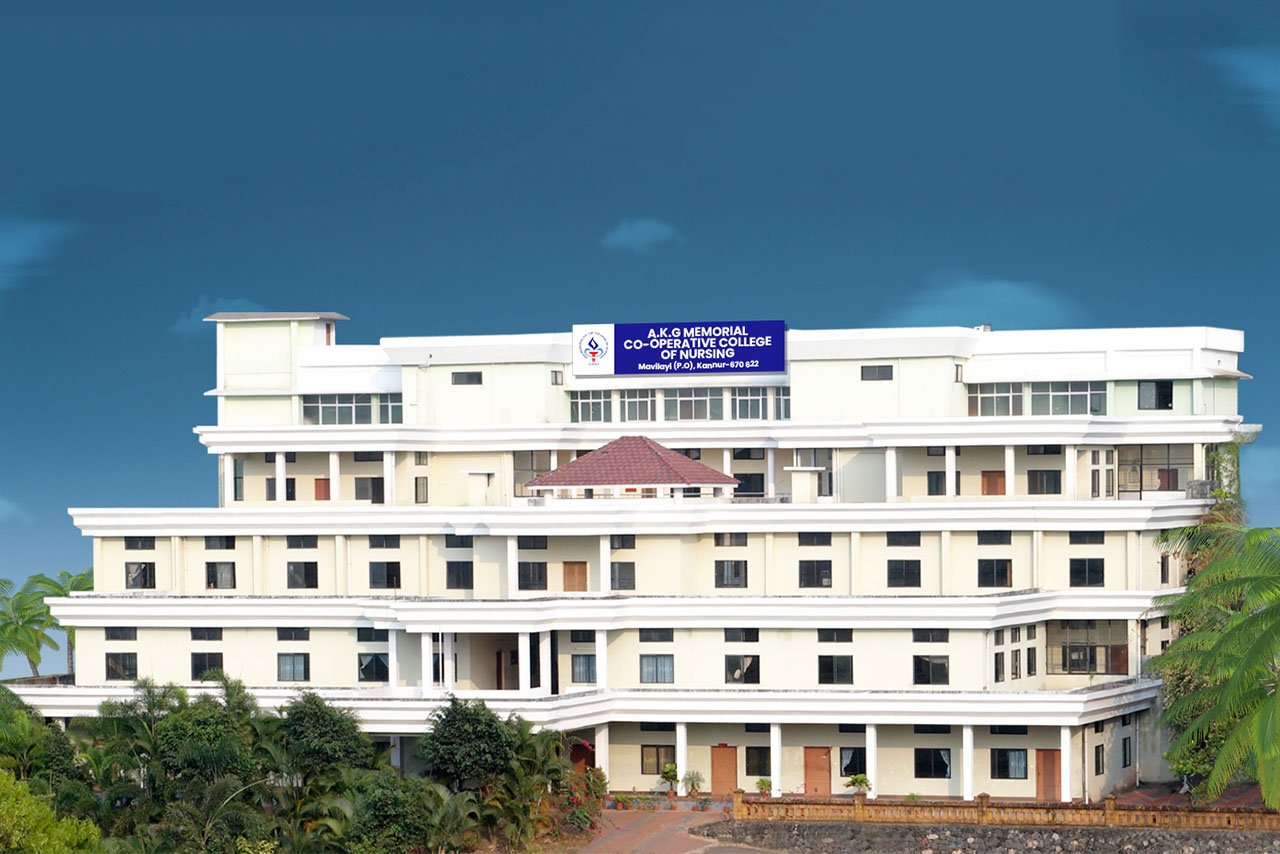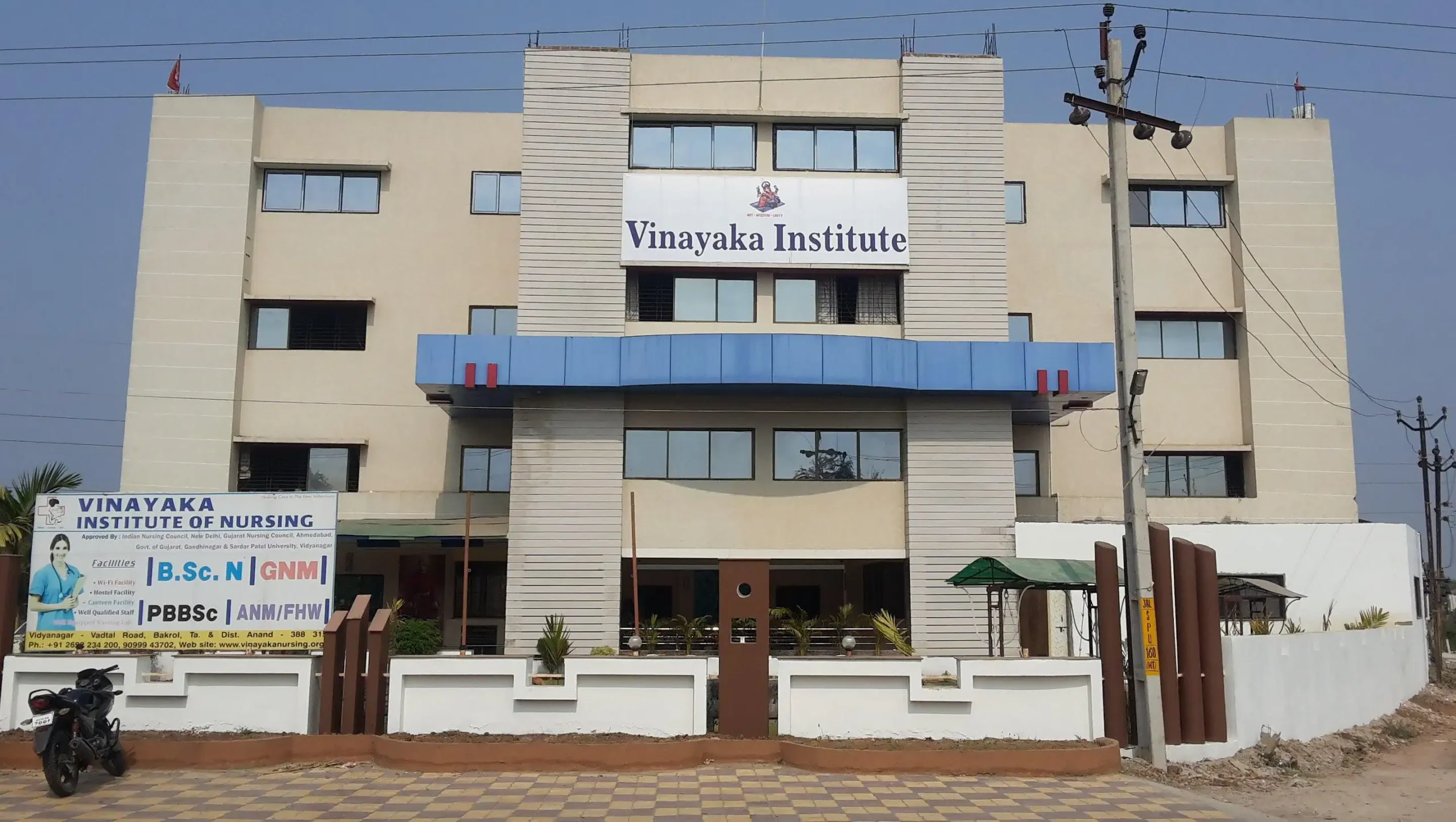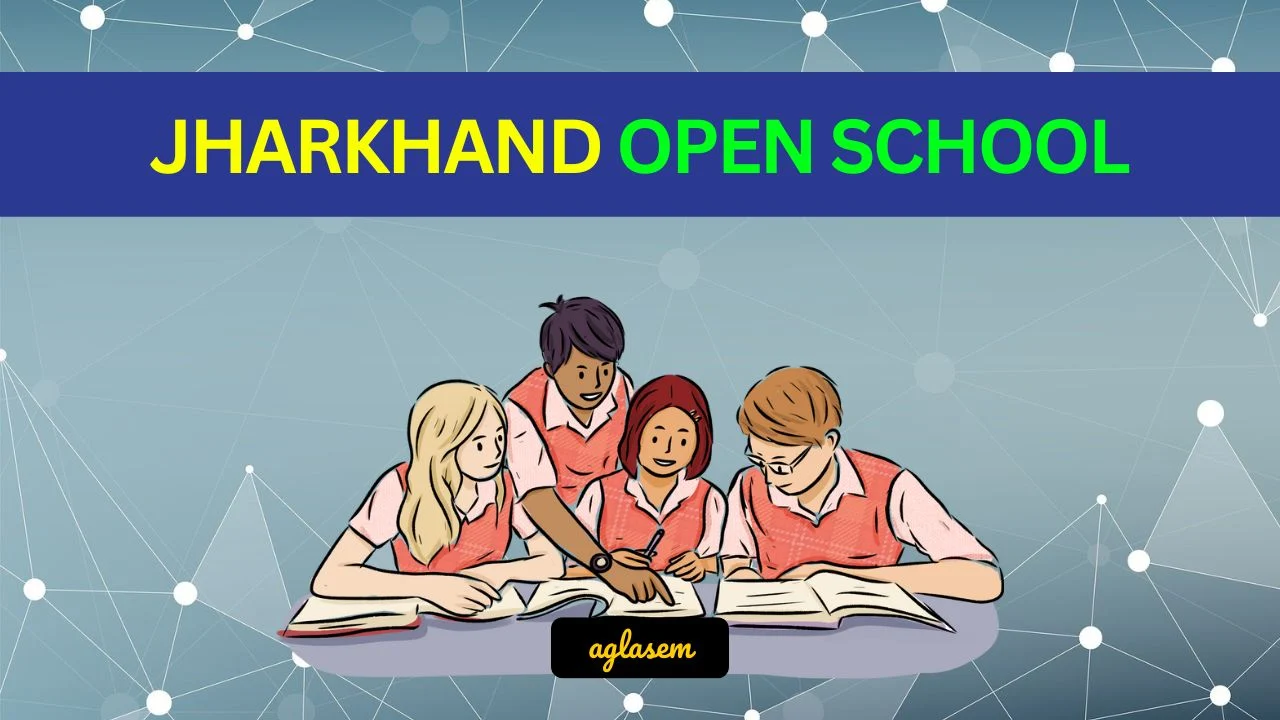What is the Academic Arrangement in Kashmir?
In several colleges and higher secondary schools in Kashmir, there can sometimes be a shortage of teachers to teach classes. In such instances, the government hires temporary teachers under the Academic Arrangement system. These teachers are not permanent but temporary, usually for one academic year, so that the students do not miss their classes and studies continue without disruption.
Why Academic Arrangements Are Important
The recruitment of temporary teaching staff through this system is meant for issues concerning the disruption of students’ education in most of the educational institutions of Kashmir Division with shortage of teachers. These teachers may retire; they may proceed on leave for long periods; or their posts may remain vacant for a long time.
These arrangements help in:
- To keep the academic year on schedule
- Giving teaching for different subjects to students in areas far from schools
- Proper coaching and guidance to students
- Ensuring the quality of education
A lot of colleges would find themselves in sheer chaos to complete their syllabi without any kind of academic arrangement or set programs.
Who Can Apply for Academic Arrangement Posts?
To ensure fair elections, the government has to decide who wins these temporary jobs, so certain selection conditions exist, such as the following:
- Educational Qualification: A Master’s degree in the subject they want to teach. They must score at least 55% marks.
- Additional Preference: Those who have cleared NET (National Eligibility Test), SET (State Eligibility Test), or have a Ph.D. degree are given more preference.
- Age Limit: Most applicants should be under 40 years old. There may be some relaxations based on government rules.
The main object of these rules is to make clear who among the students can be appointed to government colleges.
How Are Teachers Selected?
The process of recruiting faculty under academic arrangements is simple and transparent. Here’s how it works:
Step 1: Notification
The Higher Education Department or the principal of a college releases a notification, usually via newspapers and online portals. This notice contains all the information regarding eligibility, subjects available, and how to apply.
Step 2: Submitting Applications
Applicants should fill out the application form and submit it, together with all relevant documentation. These may include:
- Educational certificates
- Experience letters (if any)
- Proof of identity
- NET/SET/Ph.D. certificates
Step 3: Making the Merit List
The merit list is formulated by the committee once all applications are received.
- Marks in post-graduation
- Additional qualifications like NET/SET/Ph.D.
- Previous teaching experience
Step 4: Document Verification
The candidates, with their names in the merit list, will have to stand up for the document verification; their presence physically will also be required.
Step 5: Final Selection
Once everything is checked, the final list is made, and selected candidates are appointed as temporary teachers for one academic year.
How Long Do These Appointments Last?
These persons engaged as teachers under academic arrangement shall not be appointed during the academic session, admission for which shall be usually made between the months of March and April in that year.
When the session is finished, the appointment is finished as well. This does not ensure that the same person will be selected next year. If they want to return, they have to apply afresh and go through the same selection procedure.
What Work Do Academic Arrangement Teachers Do?
Unlike a teacher who teaches students in the regular classes, teachers employed under this special scheme are also required to:
- Conduct the classes regularly,
- Discuss the doubts of students,
- Prepare question papers and check answer sheets,
- Participate in college activities such as seminars and workshops, and
- Maintain discipline and academic standards.
Even though they are temporary, their role is very important in running colleges smoothly.
How Much Salary Do They Get?
In academic arrangements, teachers get a static total. This payment is called an honorarium and is not the same as the regular salary of permanent teachers.
Here’s a general idea:
- Postgraduates: Between ₹22,000 to ₹28,000 per month
- NET/SET/Ph.D. holders: They may get a bit more based on the rules
They do not have any other perks such as
- Pension
- Provident Fund (PF)
- Health insurance
Paid vacation, and on some occasions, due to administrative work or budget constraints, there will be payment delays.
What Are the Challenges in This System?
Therein are difficulties for teachers, even if the academic organization is supposed to solve every problem.
- Job Insecurity: No guarantee of receiving another work order next year
- No Benefits: No health insurance, no pension, or long-term financial support
- Delayed Payments: Payments are often delayed
- No Regularization: Even after many years of service, there is no path toward a regularization certificate.
These challenges make it hard for many talented teachers to stay in the system for a long time.
Recent Improvements and Changes
New changes and improvements are part of the French government’s for modernize the academic setup.
- Online Applications: Many institutions have started to encourage online applications and portals for convenience and speedy operations.
- Transparency: Publish the merit list, ensure that the rules and timelines are clear so that no one is denied their right.
- Central Monitoring: Some initiatives are being taken to monitor the working of the system from a central office to prevent corrupt practices or delays.
- Skill Development: Training and induction workshops are conducted to upgrade the teachers of the academic arrangement.
In the interests of making the system more effective and convenient for both the teachers and students.
Academic Arrangement in Rural and Remote Areas
One of the good advantages of the academic arrangements is that they help the remote and rural colleges. Many of these colleges do not have full-time teachers for every subject.
- Through these academic arrangements,
- Students far away get a good education, subjects having fewer teachers are taught, young teachers from the cities become a source of fresh ideas and methods of teaching, and learning is not affected even when permanent posts are vacant.
It has been a big jump for education in the whole of Kashmir, especially the places falling far behind previously.
Suggestions to Make the System Better
To make the academic arrangement system more effective, here are some useful ideas:
- Make early announcements of posts to enable teachers to join at the beginning of the session.
- Provide minimal allowances, like food allowances or travel allowances.
- Establish a feedback mechanism where students can rate teachers according to their performance.
- Integrate different online teaching devices for use where teachers are not physically present.
- Make multi-year contracts for good-performing teachers.
If these ideas are implemented, the system can become stronger and more reliable.
Conclusion
The Kashmir Division Academic Arrangement has been beneficial for colleges to carry on with teaching even in the absence of permanent staff. It generates opportunities for educated youth and keeps the academic process flowing. However, this system requires reforms concerning job security, pay, and teacher benefits.
The opportunity to implement the much-needed intervention in the educational field in Kashmir has stemmed from academic arrangements that can be made reasonable, timely, and supportive. Students will benefit the most where their teachers are worth-their-salt and given due regard in order to allow them to take deep interest in their profession.
Also Read: Delhi University Academic Calendar – A Simple Guide for Students











